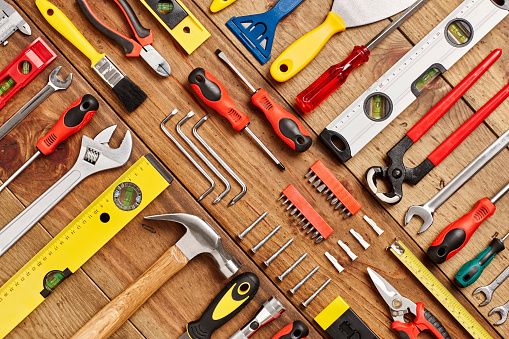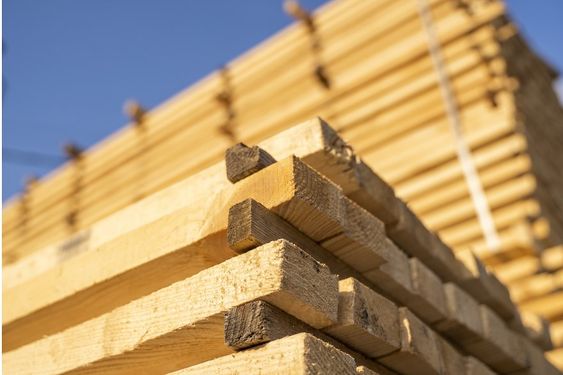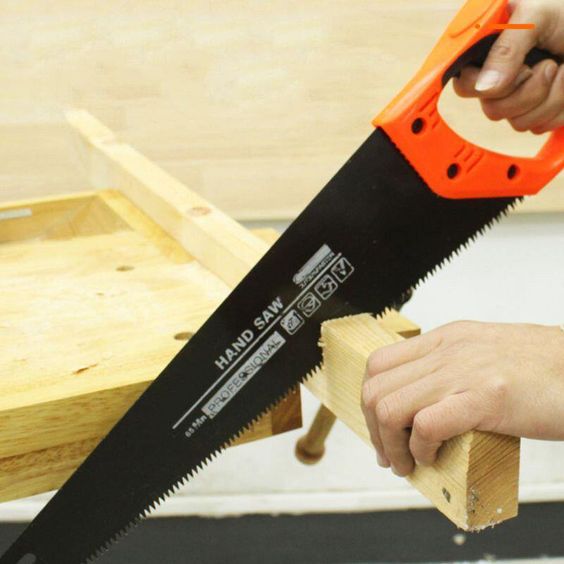
Key Takeaways:
- Understanding the Basics: Familiarize yourself with essential carpentry terms and wood types.
- Mastering the Tools: Learn about the power tools necessary for beginners and how to maintain them properly.
- Accurate Measuring and Marking: Gain insight into precise measuring and marking for successful projects.
- Developing Joinery Skills: Practice essential woodworking joints and learn about selecting quality lumber.
- Safety First: Adopt carpentry safety fundamentals to protect yourself in your workspace.
Table of Contents
An introduction to Basic Carpentry Techniques Every Beginner Should Know
Embarking on your carpentry journey can be an exciting venture. Whether you’re looking to tackle home repairs, create bespoke furniture, or simply indulge in a new hobby, understanding the core techniques of carpentry is crucial. From selecting the right materials to mastering your tools, these foundational skills are pivotal in shaping your carpentry pathway.
Essential Carpentry Techniques Every Beginner Should Master
Navigating the world of carpentry can seem daunting at first, but with a grasp of the basic techniques under your belt, you’ll be well on your way to crafting with confidence. Here’s a solid ground to get you started:
Understanding Wood Types and Their Uses

The very essence of carpentry begins with the wood. Having knowledge about different types of wood and their properties is akin to an artist knowing their paints. Hardwoods and softwoods vary not only in density and grain but also in their reaction to cutting tools and finishes. Selecting the right type of wood for the task at hand is a skill that will profoundly affect the quality and durability of your projects.
Grasping Carpentry Terms

The language of carpentry contains many specific terms and phrases that convey the nitty-gritty of this craft. Familiarizing yourself with basic carpentry terms will not only help you follow instructions and plans with ease but also allow you to communicate effectively with fellow woodworkers and professionals.
Measuring and Marking Accurately

One of the golden rules in carpentry is: measure twice, cut once. Precision is paramount, which means you need to embrace the art of measuring and marking. This skill is vital for ensuring cuts and holes are placed correctly, ultimately affecting the integrity and appearance of your projects.
Carpentry Joinery Techniques

The ability to join two pieces of wood together in a strong and aesthetically pleasing way is the hallmark of skilled carpentry. By studying woodworking joints, beginners can learn how to create everything from simple butt joints to more complex dovetail joints.
Common Woodworking Joints:
- Butt Joint
- Lap Joint
- Mortise and Tenon Joint
- Dovetail Joint
- Biscuit Joint
Power Tools for Beginners

The introduction of power tools has revolutionized carpentry, allowing for faster and more precise work. Beginners should familiarize themselves with essential power tools, including how to use them safely and effectively for various tasks.
Selecting Quality Lumber

Quality lumber is the cornerstone of any good carpentry project. Learn how to select the best lumber for your needs, understanding factors like wood grade, moisture content, and how these characteristics affect the workability and longevity of the wood.
Tool Maintenance and Care

Tools are an investment, and like all investments, they require care to ensure longevity and performance. Understanding proper tool maintenance is a responsibility of every carpenter, which includes cleaning, sharpening, and properly storing tools after use.
Carpentry Safety Fundamentals

Last but by no means least, safety in carpentry cannot be overstated. From proper attire to understanding how to safely operate tools, adopting rigorous carpentry safety fundamentals is a must for every carpenter, regardless of experience level.
Advanced Carpentry Techniques to Aspire To
Once you have grasped basic carpentry techniques, you can begin to explore more complex skills that will enable you to tackle advanced projects and refine your craftsmanship:
Mastering the Saw

Saws are one of the most used tools in carpentry, and learning how to use them with precision is a valuable skill. Explore the art of mastering the saw, from hand saws to table saws, and how clean, straight cuts contribute to professional-quality woodwork.
Essential Skills for Complex Projects
Beyond the basics, some essential skills can make the difference between a good carpenter and a great one. Hone your essential carpentry skills, which include advanced measuring, cutting techniques, and learning to navigate complex angles and curves in your work.
Reading and Understanding Plans

Carpentry projects often start with plans or blueprints. Being able to read and understand these plans is instrumental in bringing a woodwork concept to fruition and should be among the competencies you seek to develop early on.
Applying Finishing Techniques

A project isn’t finished until it’s truly finished. That’s where basic finishing techniques come into the picture – from sanding to staining and sealing, a proper finish not only enhances the appearance but also protects the wood.
Steps for a Basic Wood Finish:
- Sanding
- Cleaning
- Staining
- Sealing
Workshopping Safety Practices

Your workspace is your haven for creativity, and keeping it safe and organized is paramount. Learn about workshop safety practices that every carpenter should adhere to, ensuring a productive and secure environment for all your carpentry endeavors.
As you continue on your carpentry adventure, remember that this craft is as much about patience and continuous learning as it is about skill. Take the time to practice, make mistakes, and learn from them. Whether you’re building simple bookshelves or embarking on a more ambitious plan, the journey of mastering carpentry techniques is as rewarding as the beautiful, tangible results of your labor.

